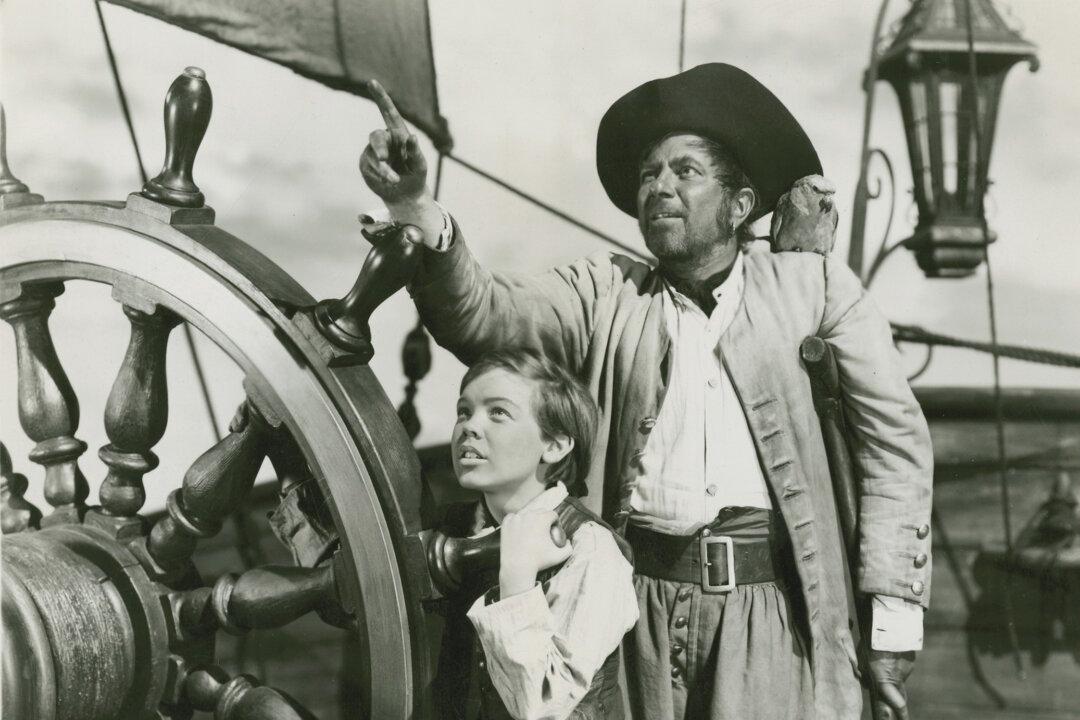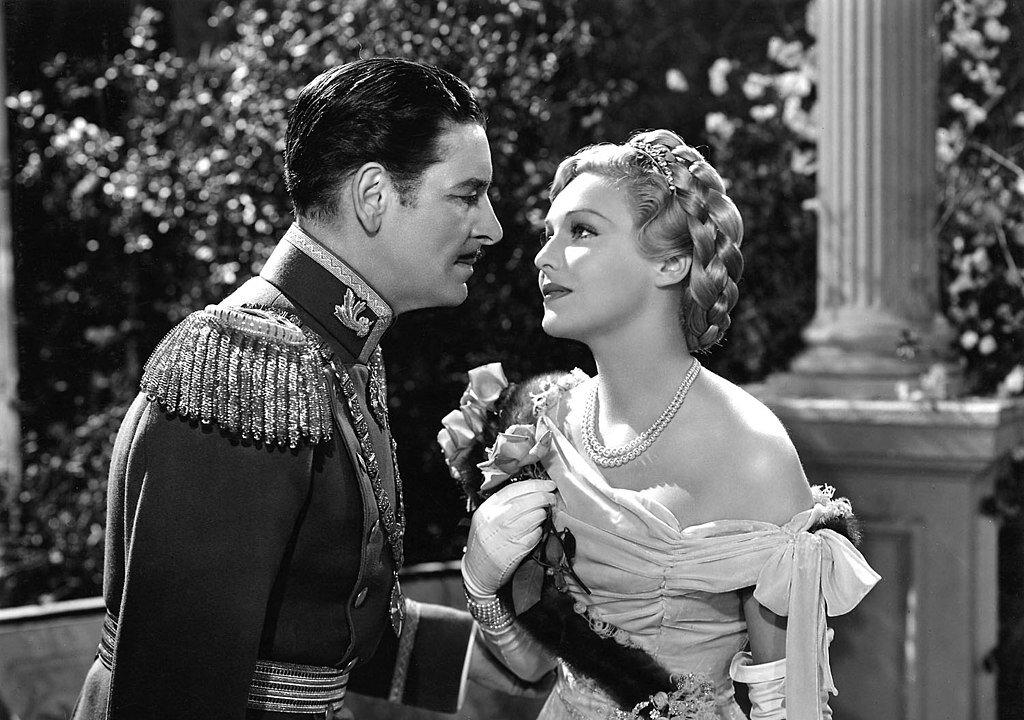It’s been 150 years since the publication of a classic story, one that lurks imperishably beneath the depths of the literary ocean. It may not be a volume that most have read—more’s the pity—yet most know of its existence, as they might know of some deep-sea creature. At the very least, all know the name of its nameless hero-villain, whose fame subsists in his obscurity.
The man’s secret is as inscrutable and impenetrable as the sea’s profundities, for some mysteries are only a pleasure when they remain unsolved, and the mystery of this man remains inviolate. Such is the mystique of the sea’s greatest fictional captain—a man with no name that everyone knows as “No one”—a man whose aura of benevolence and brutality resembles the mystery of the sea itself. The man? Nemo.





